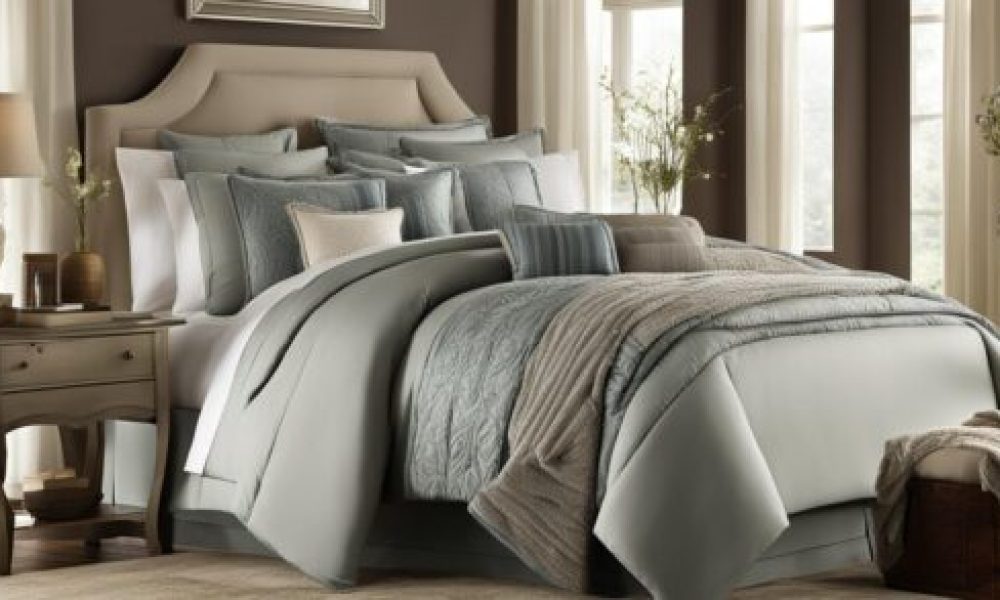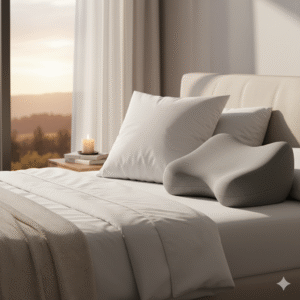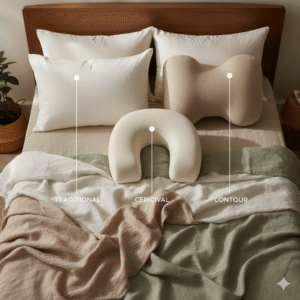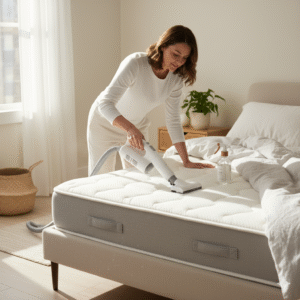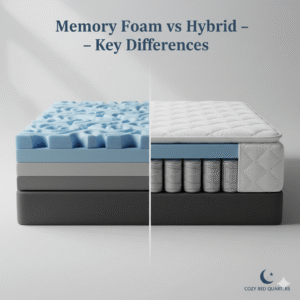Bedding Materials Guide: Ultimate Fabrics Explained
Looking for the best fabrics to upgrade your sleep? This Bedding Materials Guide covers everything from Tencel to sateen—so you can rest cooler, cozier, and more sustainably. For full sleep care, see our ultimate mattress cleaning guide.
Key Takeaways
- Tencel and bamboo are top picks for hot sleepers and sustainability
- Cotton and sateen offer timeless comfort and easy care
- Linen provides breathable, long-lasting elegance with a casual texture
- The Bedding Materials Guide helps match fabric to your lifestyle
Tencel
Tencel, also known as Lyocell, is a modern bedding fabric praised for its impressive moisture-wicking and eco-friendly credentials. Derived from sustainably harvested eucalyptus trees in a closed-loop process, it reuses 99% of water and non-toxic solvents—a major plus for eco-conscious sleepers. The result? A silky-smooth, breathable fabric that’s perfect for hot sleepers and sensitive skin.
Unlike cotton, Tencel fibers are naturally hydrophilic, meaning they absorb and release moisture efficiently. This results in fewer night sweats, quicker-drying sheets, and less odor build-up. With a subtle sheen and gentle drape, it adds luxury to any bed.
- Moisture-wicking: Absorbs up to 50% more moisture than cotton
- Eco-friendly: Produced with minimal environmental impact
- Softness: Ideal for sensitive skin
- Breathability: Great for year-round comfort
Pair Tencel with a cooling mattress topper for peak airflow. See also Homes & Gardens’ bedding recommendations.

Cotton
Cotton remains a beloved bedding staple thanks to its unmatched versatility. Whether you prefer the crispness of percale or the silky finish of sateen, cotton caters to every sleep style. Egyptian and Pima cotton offer strength and softness, while organic cotton appeals to those avoiding chemicals.
- Breathable: Naturally promotes airflow
- Soft: Especially luxurious in long-staple varieties
- Hypoallergenic: Gentle when organic
- Durable: Withstands frequent washes
For expanded options, see Livingetc’s bedding guide.
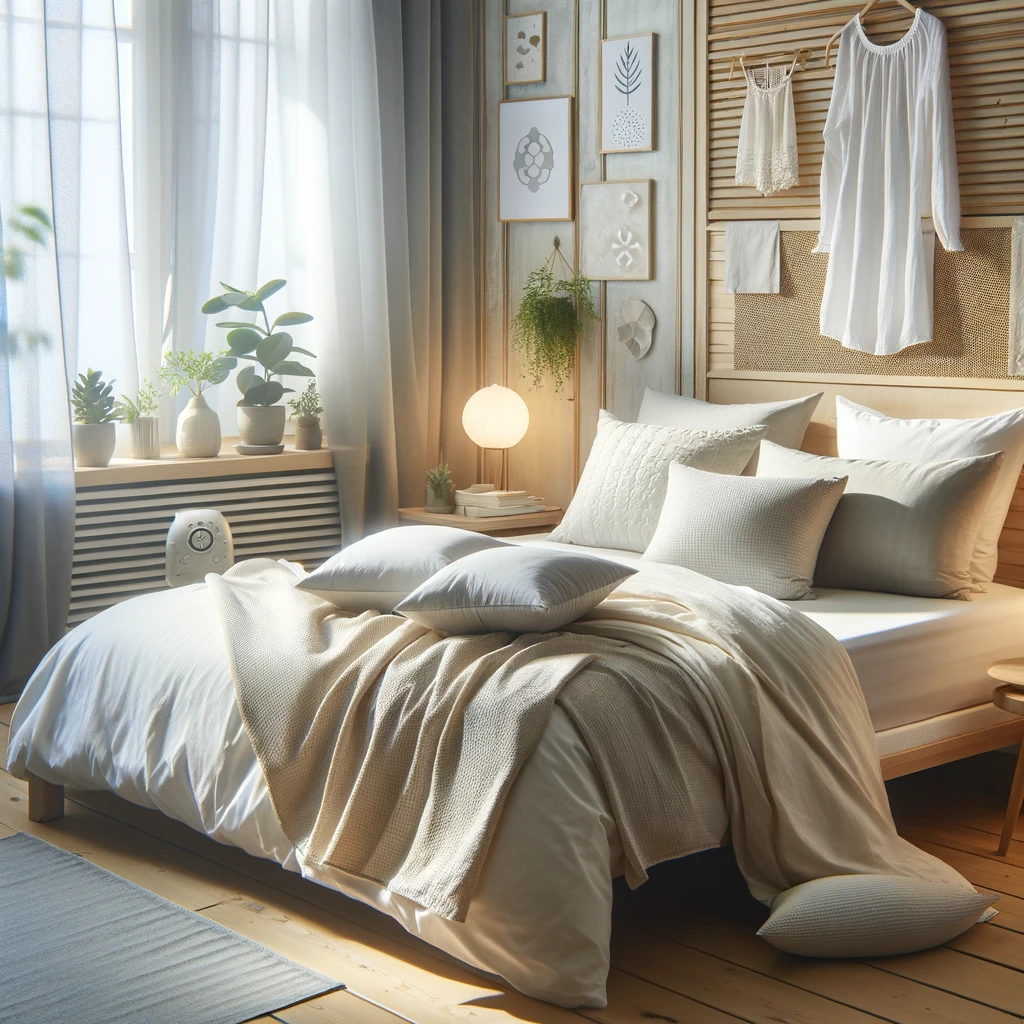
Linen
Linen, made from flax, features a unique texture and relaxed look that’s stylish and functional. It’s favored in warm climates for its breathability but also insulates well in cooler months. Linen softens with age, is naturally antimicrobial, and is biodegradable.
- Thermoregulating: Balances temperatures year-round
- Durable: Can last decades with care
- Natural texture: Casual, elegant appearance
- Eco-conscious: Requires less water than cotton

Bamboo
Bamboo bedding, often in rayon or viscose form, is loved for softness and sustainability. It’s hypoallergenic, antimicrobial, and highly moisture-absorbent—perfect for hot sleepers. Bamboo also grows rapidly with minimal resources, making it an eco-friendly choice.
- Hypoallergenic: Great for sensitive skin
- Absorbent: Wicks moisture better than cotton
- Sustainable: One of the fastest-growing crops
- Silky texture: Feels luxurious on skin and hair
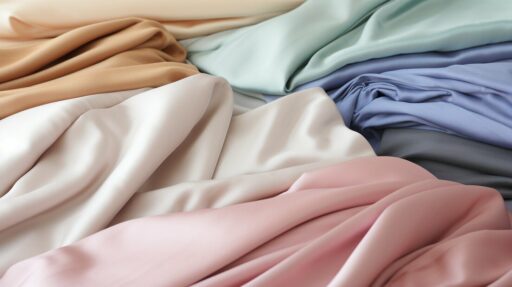
Sateen
Sateen is a cotton weave with a lustrous finish and buttery touch. Its four-over-one-under weave gives a silky drape and slight sheen, perfect for cooler months and elegant setups. While warmer than percale, it’s wrinkle-resistant and cozy.
- Luxurious feel: Satin-like smoothness
- Warmth: Thicker weave traps heat
- Elegant drape: Adds bedroom sophistication
- Easy care: Resists wrinkles

Finding the perfect bedding material can transform your sleep. Whether you run hot, have sensitive skin, or crave a cozy cocoon, there’s a fabric that fits your needs. Use this Bedding Materials Guide to design your dream bed.
FAQ
- What are the best bedding materials for a restful night’s sleep?
- Tencel, cotton, linen, bamboo, and sateen each support different sleep needs and climates.
- Why is cotton a popular choice?
- Cotton is breathable, durable, soft, and easy to care for—making it timeless.
- What’s the difference between Tencel and bamboo sheets?
- Tencel is smoother and regulates temperature better; bamboo absorbs more moisture.
- Is linen too rough for sensitive skin?
- Linen starts textured but softens with washes, eventually suiting even delicate skin.
Related Reading from Cozy Bed Quarters
- Spot Clean a Mattress: Step-by-Step Guide
- How Long Does Bedding Last? Cozy Secrets
- Toddler Bedding: Safe Pillows & Blankets

